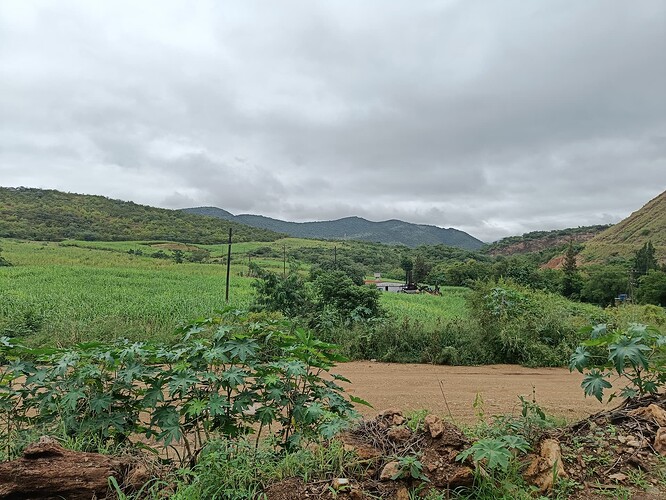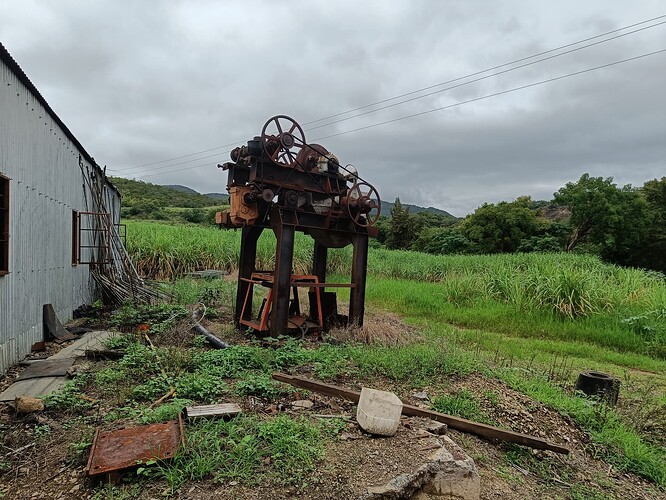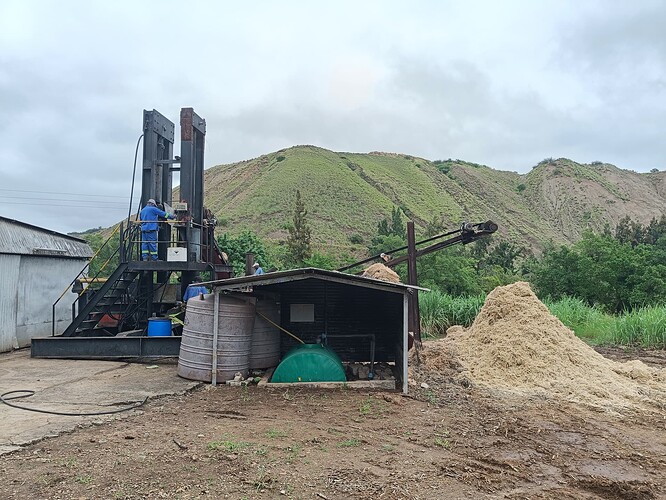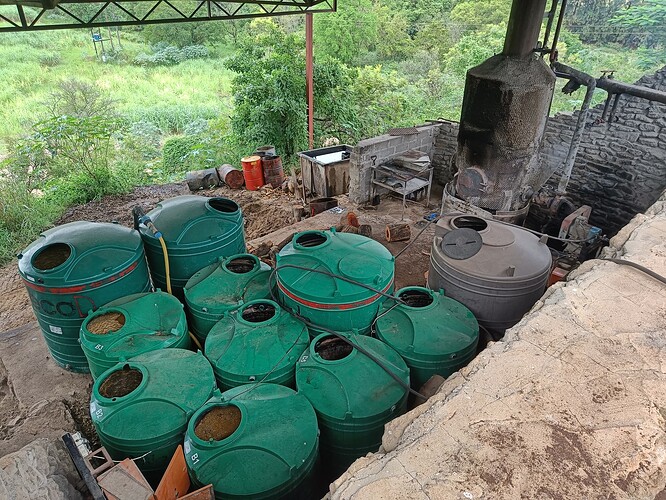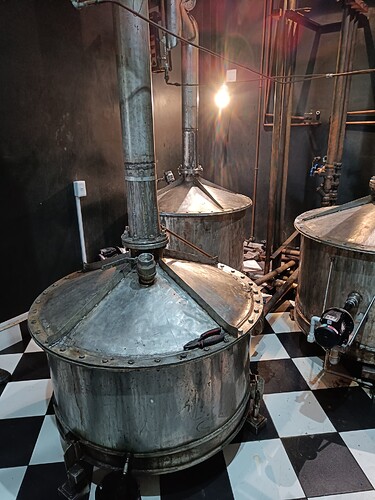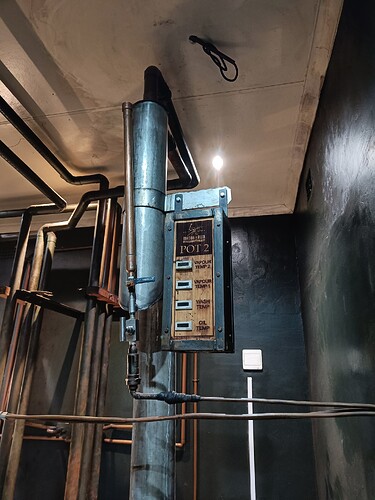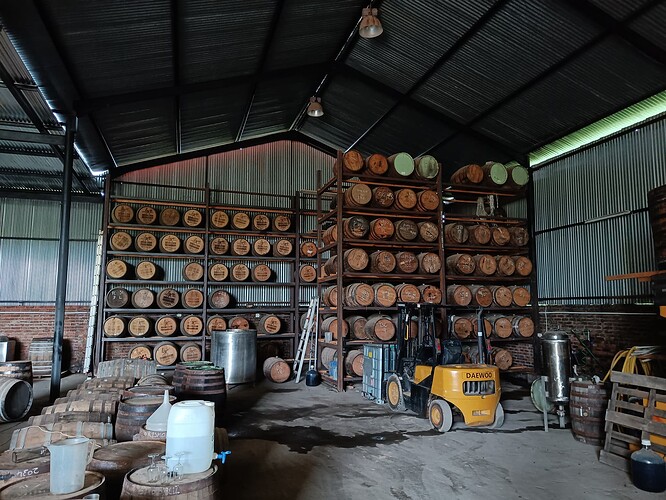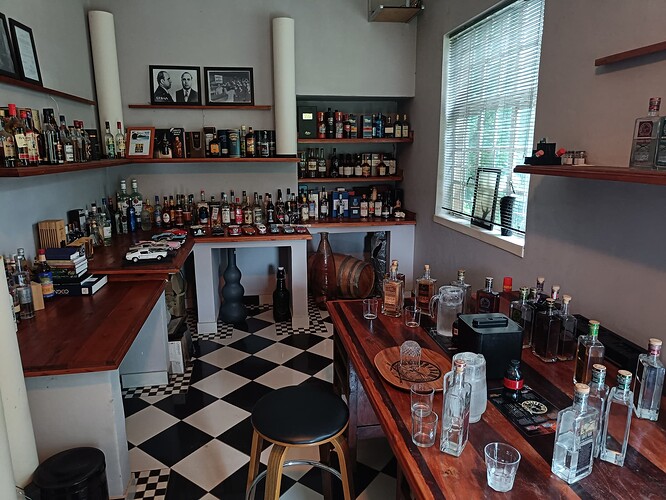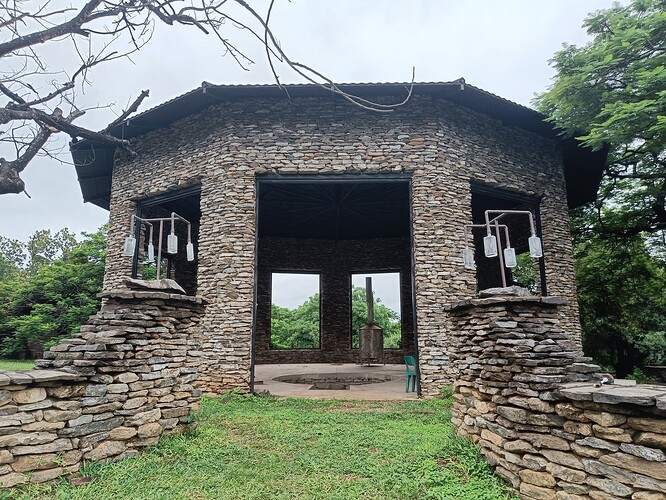Heyho ![]()
yesterday I had the chance to visit the Mhoba distillery in South Africa and wanted to share my impressions, since I thought it was a really impressive. Please excuse if some of my information is not 100% correct. I am writing this down from my memory. Enjoy! ![]()
First of, unless you use google maps, there are no signs leading towards distillery once leaving the main road, but you can assume there must be something rum-my, because there are some sugar cane fields around. The place looks quite industrial with trucks and machinery. Besides the distillery taking a rather small fraction of the area, this place is actually a mining and processing complex for magnesium, all belonging to one person. On some historic pictures one could see the development and expansion of the area, which looked like it consumed a lot of green places. In the end I had the feeling that the rum distillery seemed more like a side-project or “hobby” to the owner of the place. Funny in my opinion. You will shortly learn more about the green production of Mhoba rum, I wonder if this is supposed to balance out the definitly not so green aspect of mining. But never mind, let’s get started with the visit.
Once arrived at a small parking lot, we were heartily welcomed by Shaldon, which is one of the supervisors of Mhoba distillery working very closely with the owner on anything regarding rum production, from blending to cask selection. The owner himself was unfortunately not available, but the visit was easily arranged via mail two days before. Shaldon began showing us the distillery and explaining the process of making rum in detail, while answering our questions. Very nice!
Of course rum starts with growing sugar cane. They’re using two types of sugar cane originating from South Africa (one would give less juice, but have higher sugar content). There is even an official research institute around working on the plants to make them more resilient to pests. Depending on the type of sugar cane, harvest is around once a year, but every ten years the fields need to be recultivated before sugar cane can be planted again. This is due to plant growth rate decreases over time and yield will shrink. All their cane is grown organically and no chemicals are being used. They even separate their rum-cane-fields from other cane-fields to keep the pureness and avoid contamination. Harvesting is done by hand, like almost anything at Mhoba.
To get the juice from the cane, these guys built their own machines. Actually, an older versions can be viewed, but the one being used these days is far more advanced.
The complete process is done in one machine construction:
- The cane is inserted by operator and choped and cut by rotating knives
- An operator would then fill a cylinder with the chopped cane
- A press squashes the chopped cane with around 13 tons of force
- Juice flows out (I was allowed to taste it while flowing out) and is collected in a tank
- The content will be later pumped over to the fermentation tanks
Around 30% of juice stays within the chopped cane (industrial machines are able to get around 90% out of it), which is why they keep working on improving the machine. The leftovers are then either dried and used as fuel for the distillation process or are being composted.
The crazy parts starts at the fermentation stage, because you all know that Mhoba rums tend to have Jamaican-like ester flavors. Two types of wash are made: one that makes a lighter rum and one that makes heavy rum. The latter has a far longer fermentation period up to ~30 days. Now no yeast is being used, it’s all wild fermentation. The yeast is actually growing naturally on the cane and will then start the fermentation once left alone in the green tanks. Every by-product during the making of rum (e.g. dunder), which could potentially develope additional flavors, is added to the wash for the sake of experimantion, sustainability and flavor generation. Nothing added except natural by-products, they recycle everything during the process. I think this is really cool. If I recall correctly, the heavy rum is used more on their french cask releases or the ones they do with IBs. Basically anywhere where you find the high ester content. The content of the tanks looked and smelled nasty. Imagining part of this is what love so much to drink seemed crazy to me ![]()
You can also see a big black stove on the picture, where oil is heated up. The hot oil is being used to heat the close by pot stills. For more information on distillation, aging, tasting and future of the distillery, I will do a second post in the upcoming days. See you soon ![]()
